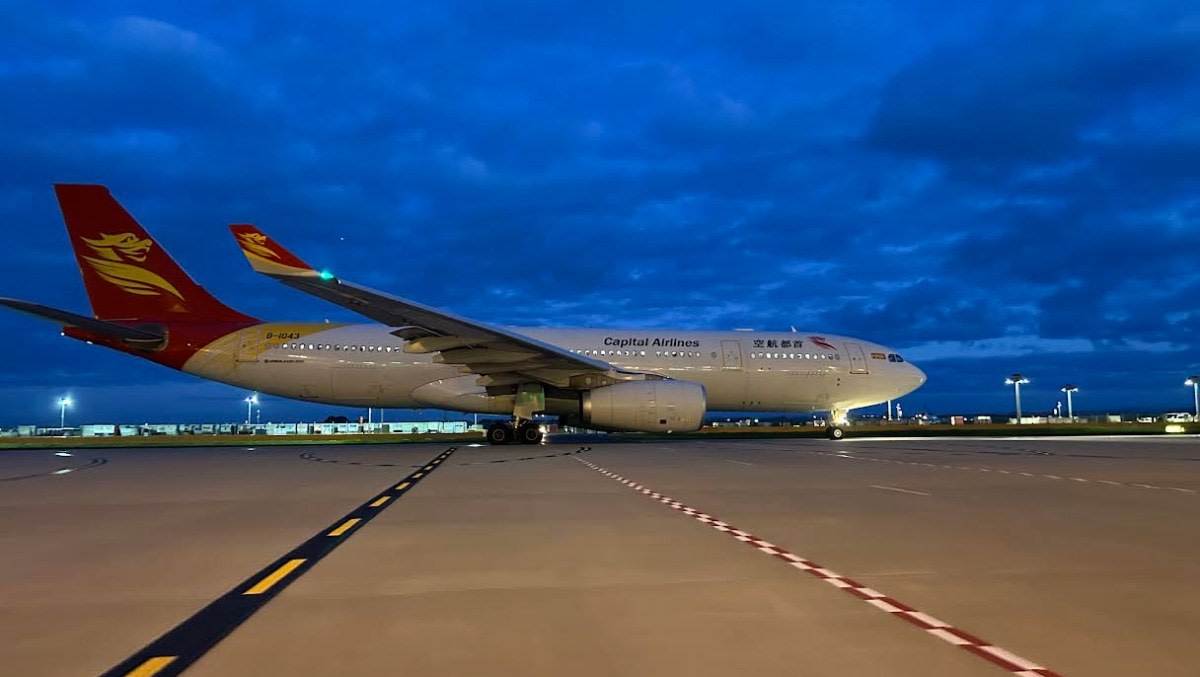
Chinese market capacity at Melbourne Airport is now back above 90 per cent of pre-COVID levels with the arrival of Beijing Capital Airlines’ new Hangzhou service.
Flight JD385 from Hangzhou touched down in Melbourne just after 4:20am on Tuesday, operated by the A330-200 B-1043. Hangzhou is now the eighth mainland Chinese destination with direct service to Melbourne, and joins Beijing Capital Airlines’ existing route to Qingdao.
Services will operate three times per week, with Jim Parashos, Melbourne Airport’s chief of aviation, saying the route – announced in April – will connect China’s tea capital with Australia’s coffee capital.
“For us at Melbourne Airport, it also marks another significant step for our China market recovery and takes us back to well over 90 per cent of pre-pandemic levels – through our terminals each year, we have more than 1 million passengers flowing through the airport,” he said.
“The importance of this market and the market recovery is evidenced when a daily international service from China to Melbourne contributes more than 154 million Australian dollars to the Victorian economy.
“It’s also very important, and perhaps most important, for the 400,000 Chinese-Australians that call Melbourne home. In fact, Chinatown in the City of Melbourne is the second longest continuous Chinese settlement in the western world which is remarkable and also highlights the close link between our two cities.”
Melbourne in December became the first Australian airport to exceed pre-pandemic international capacity in a month that saw it break 1 million monthly international passengers for the first time since the pandemic, with the airport also setting a new all-time monthly record for international flights at 4,976.
Airport CEO Lorie Argus last year called for increased competition from international carriers, suggesting the federal government should push for “open skies” agreements with more countries, which would allow their airlines to operate as many flights to Australia as they wished.
“Airports are subject to regular monitoring by the Australian Competition and Consumer Commission, and it makes sense that this arrangement be extended across the broader aviation industry,” she said.
“We also believe an open skies approach to bilateral air service agreements will benefit consumers by maximising competition and choice.”

